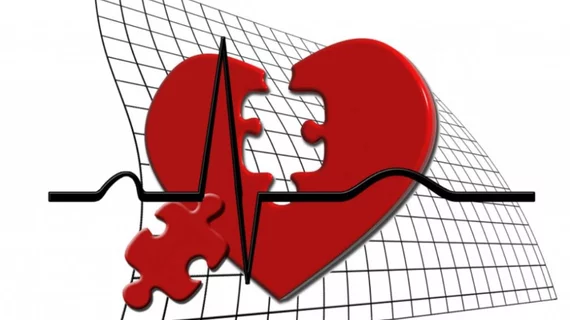Revascularization vs. therapy alone for stable ischemic heart disease: What data from 15K patients tell us
When patients have stable ischemic heart disease (SIHD), two primary treatment options are revascularization followed by guideline-directed medical therapy (GDMT) or GDMT alone. How do patient outcomes change when revascularization is part of the equation?
To address that very question, a team of researchers explored data from nearly 15,000 patients who participated in one of 14 randomized clinical trials. This covered more than 64,000 follow-up years altogether. Most of the included trials excluded patients with left main disease.
Death was the primary outcome of the meta-analysis, and cardiovascular dearth, myocardial infarction (MI), heart failure, stroke, unstable angina and freedom from angina were all secondary outcomes.
Overall, revascularization was not associated with a reduced risk of death when compared to GDMT alone. In addition, revascularization was linked to a decrease in non-procedural/spontaneous MI, an increase in procedural MI and “no difference” in overall MI.
“The prognostic importance of procedural MI vs. spontaneous MI has been intensely debated,” wrote lead author Sripal Bangalore, MD, MHA, New York University Grossman School of Medicine in New York City, and colleagues. “Whereas most studies have shown a positive association of a large elevation in peri-procedural biomarker with mortality, a few have shown no association of biomarker elevation (especially with troponins) with prognosis. Other studies have found non-procedural MI but not procedural MI to be a predictor of subsequent mortality. The relative influence of these effects may explain why no difference in overall mortality was observed with revascularization.”
Revascularization was also associated with a 36% decrease in unstable angina and a “modest” increase in freedom from angina.
“These observations should be used in shared decision-making discussions to determine the initial treatment approach in patients with SIHD,” the authors concluded.
The full meta-analysis is available here.

